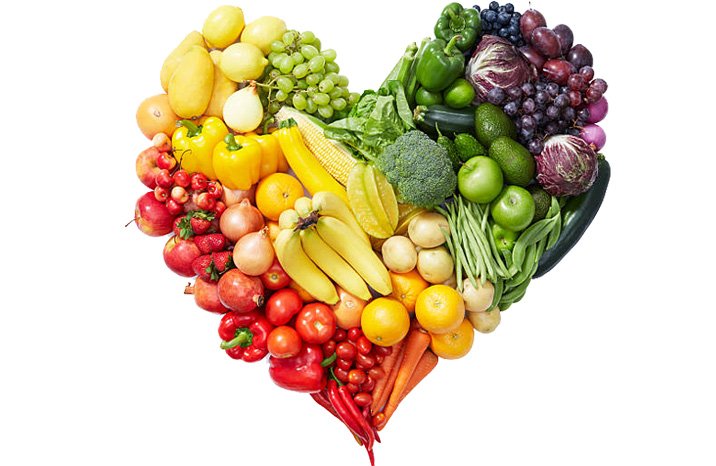

November Food Themes
What’s in Season for November?
It’s time to enjoy some late fall produce! Earthy root vegetables like sweet potatoes, beets, and assorted squash are plentiful and pack lots of vitamins, minerals, and fiber that offer a multitude of health benefits. During these holiday months, eat a rainbow of colors to keep healthy. Showcase fall produce and ask your children to share their favorite way to eat them.
Some fruits and vegetables that are in season for November are:
Have a wonderful start to the holiday season. Let’s all build memories in the best way possible. Share your kindness and joy for living.
Sneak Peak: November Food Themes
Sneak Peak: November Food Themes
References
Academy of Nutrition and Dietetics. (2017, September 7). Calcium. https://www.eatright.org/food/vitamins-and-supplements/types-of-vitamins-and-nutrients/calcium
Academy of Nutrition and Dietetics. (2019, August 18). Easy ways to lighten up your Mexican fiesta. https://www.eatright.org/health/lifestyle/culture-and-traditions/easy-ways-to-lighten-up-your-mexican-fiesta
Academy of Nutrition and Dietetics. (2020, May 5). Slow-cooker chicken tacos recipe. https://www.eatright.org/food/planning-and-prep/recipes/slow-cooker-chicken-tacos-recipe
Academy of Nutrition and Dietetics. (2021, February 3). What to look for in yogurt. https://www.eatright.org/food/nutrition/healthy-eating/what-to-look-for-in-yogurt
Food Allergy Research & Education. (2021). Peanut early introduction guidelines. https://www.foodallergy.org/resources/peanut-early-introduction-guidelines
Institute of Child Nutrition, Child Nutrition Recipe Box. (2021). Banana bread squares – USDA recipe for child care centers. https://theicn.org/cnrb/recipes-for-centers-grains-breads/banana-bread-squares-usda-recipe-for-cacfp
National Institute of Allergy and Infectious Diseases. (2021). Food allergies. https://www.niaid.nih.gov/diseases-conditions/food-allergy
National Peanut Board. (2021). 26 fun facts about peanuts & peanut butter. https://www.nationalpeanutboard.org/news/fun-facts.htm
National Peanut Board. (2021). Kid’s Health. https://www.nationalpeanutboard.org/wellness/kids-health.htm
University of Nebraska—Lincoln. (2021). Institute of Agriculture and Natural Resources UNL Food. https://food.unl.edu/
U.S. Department of Agriculture, Food and Nutrition Service. (2020). Tuna salad sandwich. https://fns-prod.azureedge.net/sites/default/files/resource-files/Tuna_Salad_Sandwich_6_Servings.pdf
U.S. Department of Agriculture and U.S. Department of Health and Human Services. (2020). Dietary guidelines for Americans, 2020-2025. https://www.dietaryguidelines.gov/resources/2020-2025-dietary-guidelines-online-materials
United States Department of Agriculture, Food and Nutrition Service. (2020, September). Reducing the risk of choking in young children at mealtimes. https://wicworks.fns.usda.gov/sites/default/files/media/document/English_ReducingRiskofChokinginYoungChildren.pdf
About Mealtime Memo
Mealtime Memo (MTM) is focused on nutrition and wellness in child care settings and is specifically intended for use by child care professionals who participate in the Child and Adult Care Food Program (CACFP). The objective is to provide research-based best practices for planning, preparing, and/or serving nutritious, safe, and child-friendly meals in child care settings operating the CACFP.
Beginning in January 2021, the MTM moved to an electronic, blog-style newsletter. To ensure you automatically receive the latest issue, click “Subscribe” below!
Please note: To ensure MTMs provide the most accurate, up-to-date information, any references to Federal regulations, nutritional standards, and other best practices are considered current at the time of publication. Please be advised that this information is NOT updated to reflect any changes/revisions beyond the publication date. In addition, all MTMs published prior to 2017 have been archived and are no longer available on our website. If you need access to an archived MTM or for questions on the latest regulations and standards, please contact ICN’s Help Desk at helpdesk@mealtime.local or 1-800-321-3054.



















